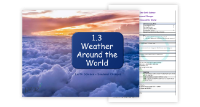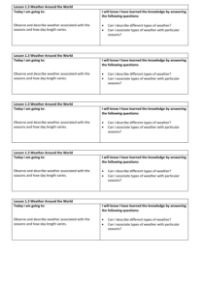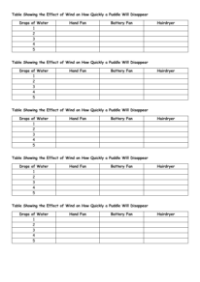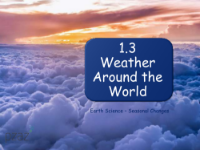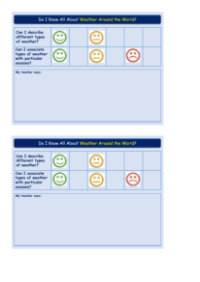Weather Around the World - Lesson Plan
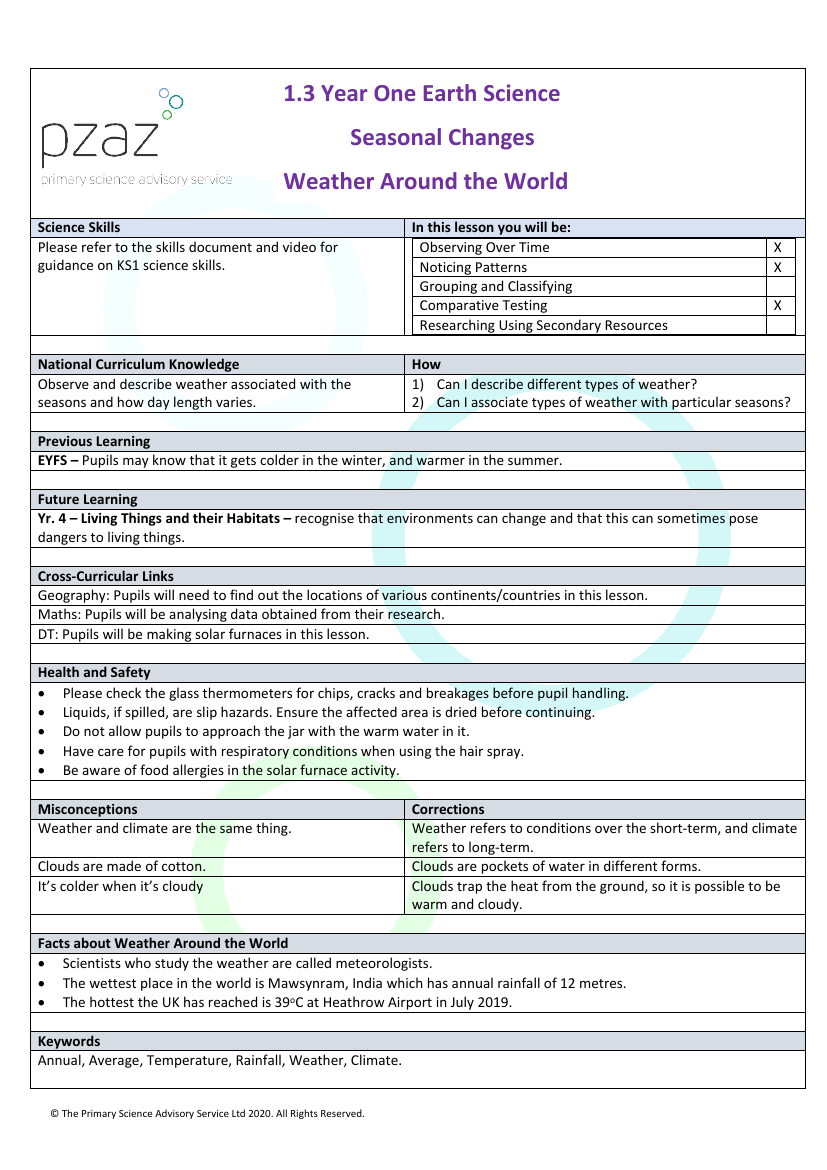
Science Resource Description
The 'Weather Around the World' lesson plan, created by The Primary Science Advisory Service Ltd, is a comprehensive guide designed to enhance children's understanding of meteorological phenomena. Aimed at Key Stage 1 students, the lesson aligns with the National Curriculum, focusing on the observation of weather patterns, the changing seasons, and the variation in day length. Pupils are expected to describe different types of weather and associate them with specific seasons, building on prior knowledge from the Early Years Foundation Stage where they may have learned about temperature changes across seasons. Future learning will extend to Year 4, where they will explore the impact of environmental changes on living things. The lesson also incorporates cross-curricular elements, including geography for identifying locations, maths for data analysis, and design and technology for creating solar furnaces.
Students will engage in a variety of hands-on activities, such as creating a 'Cloud in a Jar' to understand cloud formation and making rain with coloured water and cotton wool to simulate precipitation. The lesson also includes an investigation of evaporation rates using water droplets and different drying methods, and an analysis of UK weather data to identify patterns in rainfall, temperature, and sunshine. Additionally, pupils will construct solar furnaces to observe the melting of chocolate and marshmallows, and create tornadoes in a bottle to learn about vortices. Throughout the lesson, emphasis is placed on health and safety, correcting common misconceptions about weather and climate, and the importance of using proper scientific vocabulary. The lesson concludes with a plenary session where pupils assess their learning and progress.
